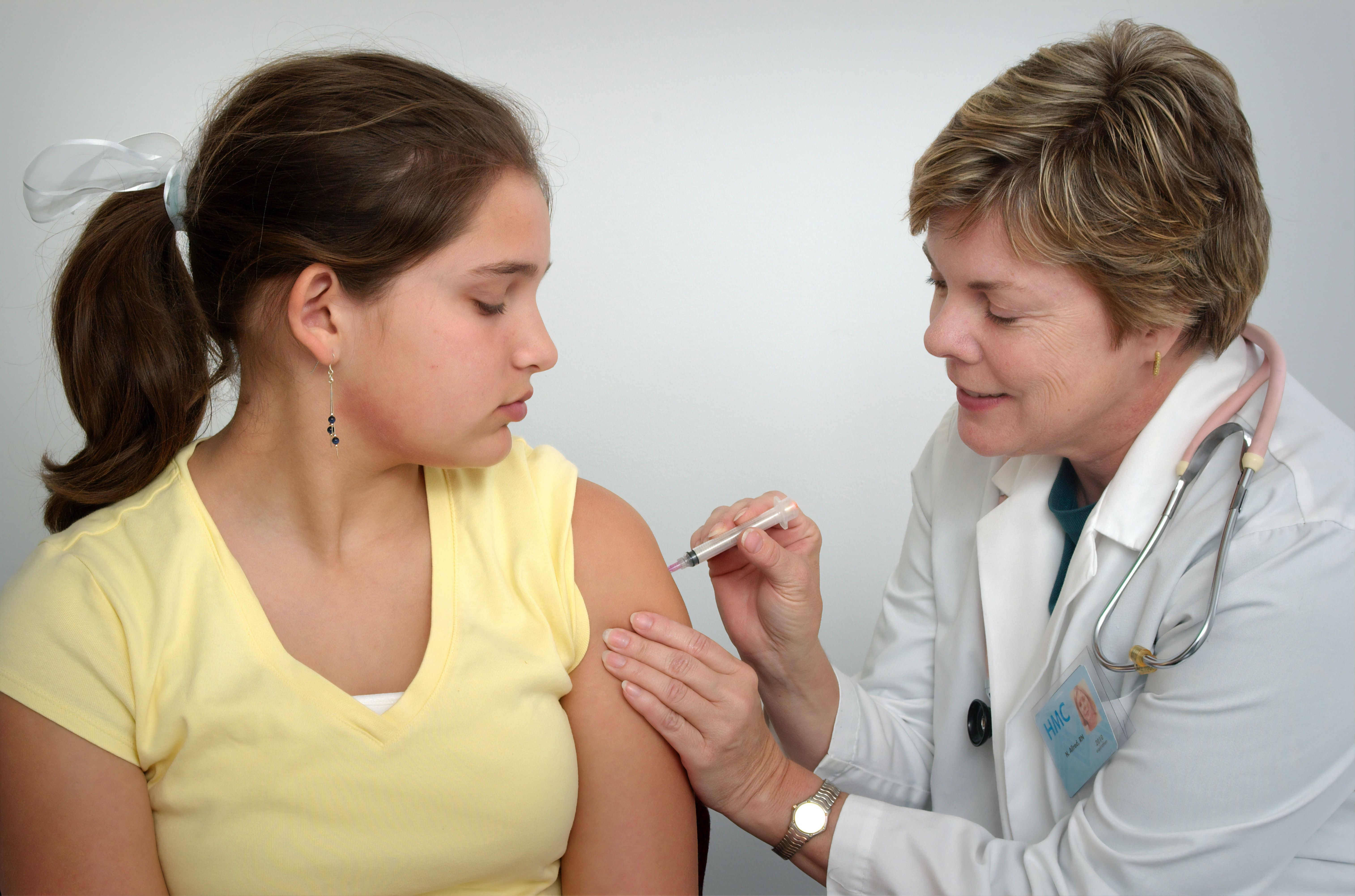Salience Bias in Childhood HPV Vaccination Decisions
A personal history of cervical cancer or cervical biopsy did not make mothers more likely to vaccinate their children against HPV.

COVID-19 vaccine hesitancy has led some investigators to research motivating factors for other vaccines. Vaccine affordability and availability may inhibit some from getting vaccinated, but more often the underlying cause of vaccine hesitancy is pathogen apathy or low confidence in the safety and efficacy of a vaccine.
Parents who choose not to vaccinate their child perceive their child to be less susceptible to infection and the disease to be less severe than parents who do vaccinate their child.
One study, published this week in JAMA Network Open, sought to examine the effect of salience bias, or the change in risk assessment due to increased familiarity with the outcome, on the decision to be vaccinated against HPV.
The retrospective cohort study recruited children 11 years and older, the age when HPV vaccination is recommended, using the MarketScan Commercial Database. When HPV vaccination is initiated at 11-12 years of age, children only require 2 doses, but those 15 and older require 3 doses.
The cohort included children whose mothers had a history of cervical cancer or a cervical biopsy, who experienced vaccine-preventable adverse outcomes and are thus more likely to be pro-vaccination, alongside a control group of children whose mothers had no such experiences.
The total study group consisted of 757428 children (49% female and 51% male), 38366 of whom had mothers with a history of cervical biopsy and 1084 with mothers who battled cervical cancer. Among all the children, an average of 54.2% received at least 1 dose of an HPV vaccine by the time they turned 16.
In 2017, the US Centers for Disease Control and Prevention (CDC) estimated that 48.6% were up to date on HPV vaccination, and 65.5% had received at least 1 dose. The results of this study suggest HPV vaccination rates are lower than anticipated.
Maternal history of cervical biopsy had a slightly increased hazard of vaccination, but overall, there was no statistically significant difference in vaccination rates between children whose mothers had a personal history of cervical cancer or cervical biopsy and children whose mothers did not.
The results show that mothers’ personal experiences with cervical cancer and other abnormalities was not a salient enough factor to drive up child HPV vaccination rates. Similar to the COVID-19 vaccine, the HPV vaccine was politicized at the time it was indicated, largely due to misconceptions that the HPV vaccine would lead children to engage in sexual behavior. This belief and other limiting factors may explain why there was little to no observed salience bias.
